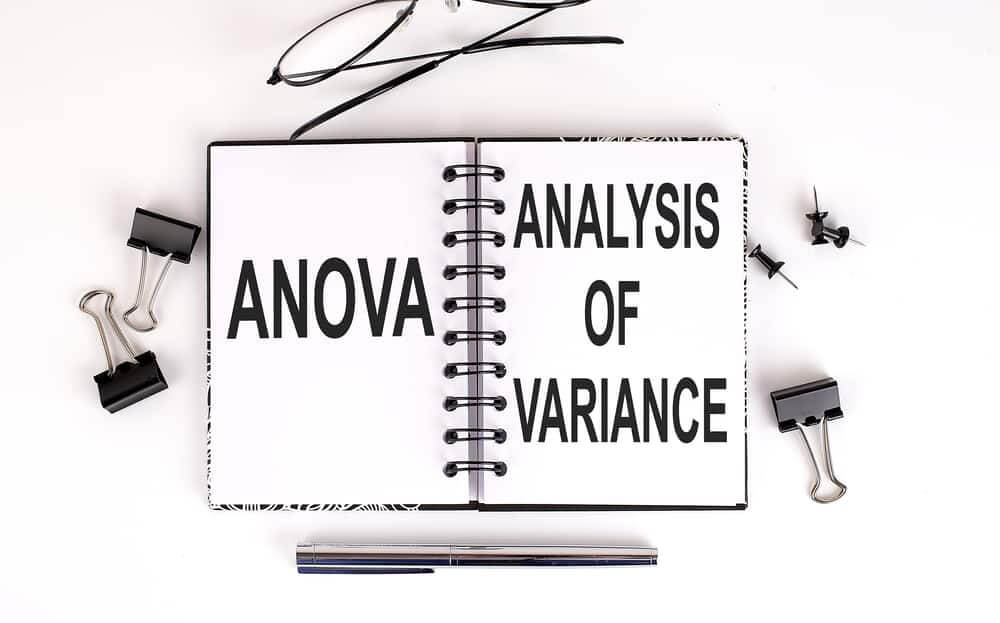What is ANOVA? – Everything You Need to Know

What is ANOVA? – Everything You Need to Know
Statistics are an integral part of the trading industry. Every investor, the trader, or analyst, daily or not, has been exposed to this type of method at least once. Have you heard anything about ANOVA? What is this method, and what makes it unique? Everything you need to know. Let’s dive in.
ANOVA Dispersion Analysis is an analysis tool for statistics. This divides the observed variability found within the data set into two parts: random and systematic factors. Systemic factors have a statistical effect on a given data set; Which we can not say about random factors. Analysts use the ANOVA test to determine the independent variables’ impact on the dependent variable regression study.
The t- and z-test approaches developed in the last century were used for analytical inquiry until 1918. This was happening before Ronald Fisher developed the process of dispersion analysis. ANOVA is also a Fischer dispersion analysis. This is an extension of the t- and z-tests. The term became famous in 1925 when it appeared in Fisher’s book, called Statistical Methods for Researchers.
The Formula
The formula of ANOVA is: F = MSE/MST.
Where: F = ANOVA coefficient, MST = average sum of squares due to processing, MSE = average sum of squares due to error. The ANOVA test is a starting point for analyzing the factors that affect a given data set. After completing the test, the analyst conducts additional testing on methodological factors that significantly contribute to the inconsistency of the data set. The analyst usages the ANOVA test impact in the f-test to develop other data logical with the expected regression models.
The test allows you to compare more than two groups at once to determine a correlation between them. The result of the formula, F statistics, will enable you to analyze multiple sets of data to assess variability between samples.
If there is no real difference between the test groups, the null hypothesis, the result of ANOVA F-ratio statistics, will be close to 1. The distribution of all possible values in F statistics is the F-distribution. It is a group of distribution functions with two characteristic numbers called the degree of freedom of the denominator.
In what cases is this test functional? For example, a researcher might check students from college to see if one college student is consistently superior to other college students. In another example, an R&D researcher in a business application might examine two product development processes. This test will help the researcher see if one method is better than the other, for example, cost-effectiveness.
How ANOVA Works
The type of ANOVA test depends on many factors. It is mainly experimental data. We can use dispersion analysis if statistical software is not accessible, ANOVA is calculated manually. It is easy to use and is best for small samples. In the case of multiple experimental designs, the sample dimensions must be at the same factor level for different combinations.
ANOVA is very effective for testing three or more variables. These are similar to the multiple sample t-test. However, type I causes fewer errors and is relevant to some issues. ANOVA includes the dispersion of various sources. We can use this method with test groups, subjects, and groups.
There are two main types of ANOVA: unilateral and bilateral. In addition, there are other variations of ANOVA. For example, MANOVA, which is different from ANOVA, evaluates only one dependent variable at a time. One-way ANOVA evaluates the influence of a single factor on a single response variable. It determines whether all patterns are the same. One-way ANOVA is mostly to explain any statistically powerful changes between the factors of three or extra independent teams.
Bilateral ANOVA is an extension of unilateral ANOVA. Unilaterally, you have one independent variable that affects the dependent variable. Bilateral ANOVA allows a company to compare employee productivity based on two independent variables: salary and skills set. It is used to test the effect of two factors simultaneously and to observe the interaction between two elements.
This method looks very effective in many areas today and greatly simplifies modern processes.
The post What is ANOVA? – Everything You Need to Know appeared first on FinanceBrokerage.
0 Response to "What is ANOVA? – Everything You Need to Know"
Post a Comment